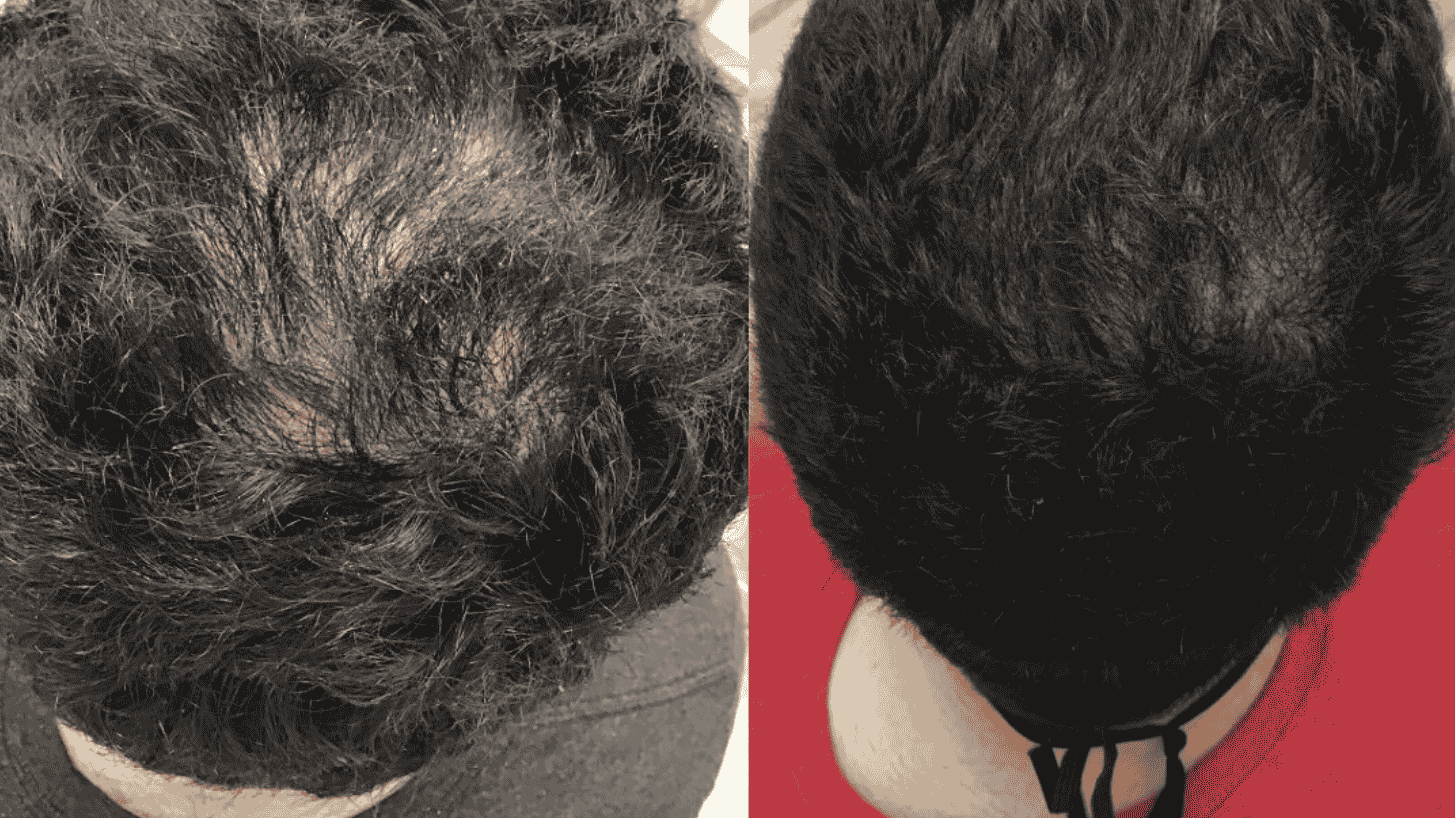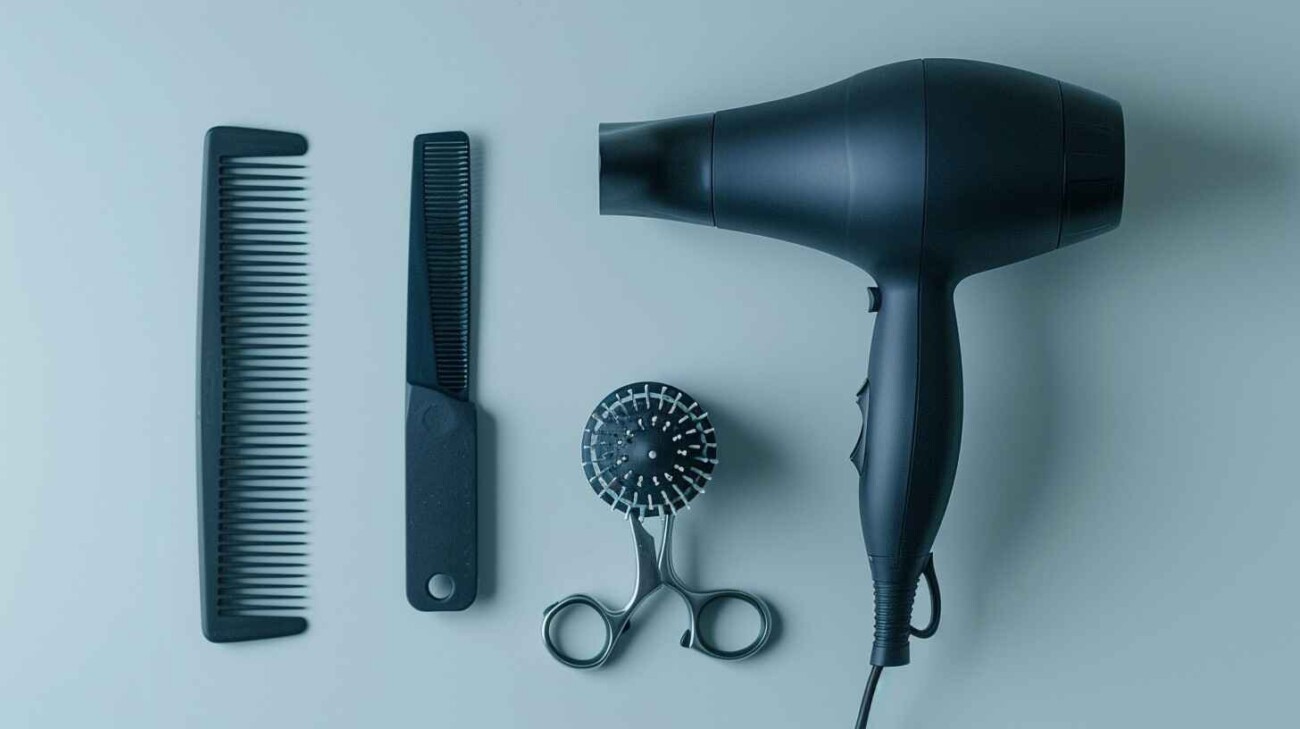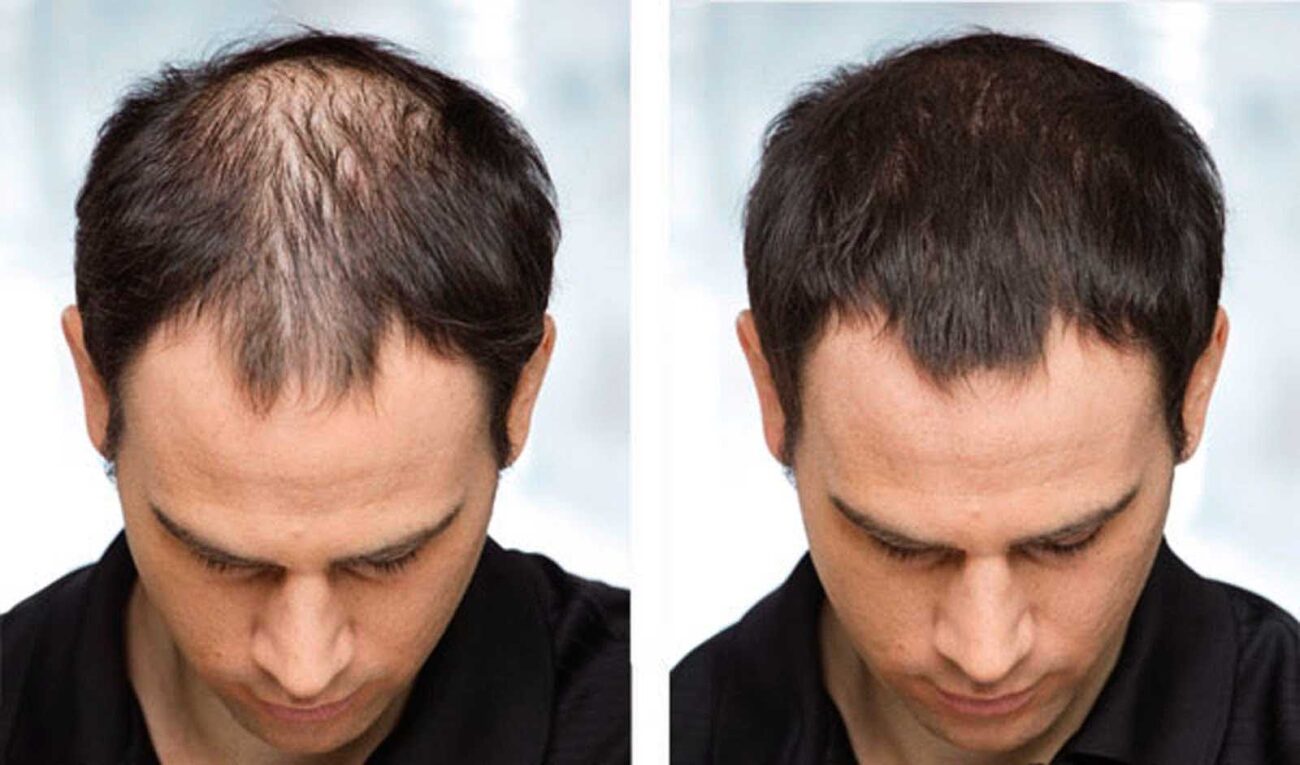We may think that hair growth and fall are the only things we experience every year. But there is more to it. Just like there is a life cycle for humans, butterflies, and plants — there are four stages of the hair growth life cycle that nobody speaks of. Most of us would not have heard about it.
You should know what is happening to your hair and the causes that disrupt its life cycle. So preventing unnecessary hair falls. This article helps you figure out the science behind hair growth, the causes that break the hair growth cycle, ways to enhance hair growth and questions like how much hair shedding is normal.
Let us dive into the topic.
Four Stages of Hair Growth Life Cycle
Anagen: The Growth phase
The anagen phase, AKA “active phase,” is where your hair growth occurs. The root cells divide rapidly and produce new hairs. It can lead from 5 to 7 years, which means this is the longest phase. The anagen phase is not the same for everyone. It can differ from person to person. This is because of different hair types. For some, the eyebrows, pubic hair and underarm hair might have an extended anagen period compared to scalp hairs.
During this phase, the hairs keep growing until they get trimmed or reach their end lifespan and fall off. Almost 90 percent of your hair remains in the anagen phase.
Catagen: Transition Phase
The catagen phase is where your hair follicles shrink, blocking its blood supply and yet the hair remains on your scalp. This means the hair growth phase has stopped and is waiting for the next phase. This period lasts for 10 days. Around 3 to 5 percent of your hair stays in the transition phase.
Telogen: Resting Phase
Telogen, or resting phase, is where your hair rests or remains in the hair follicles, but its active growth period ends. This phase lasts around 3 months. And between 10-15 percent of your hair experience the telogen phase. Some experts consider the telogen phase as the shedding phase, but scientists have divided this phase into two: the telogen and the exogen.
Exogen: Pre-growth phase or shedding phase
Exogen is the final stage of the hair growth cycle, which lasts about 2 to 5 months. The hair falls out of the hair follicles and you see hairs coming off after showering or combing. Losing 50 to 100 hairs per day is normal during this phase.
FAQ: How much hair fall is normal?
For a person, it is normal to see 50 to 100 hair strands falling per day. Anything beyond this limit is a serious consideration. Consult a doctor immediately. We suggest taking our personal health test to identify which hair products work best for you—according to your specific needs.
Factors that trigger the stages of the hair growth cycle
Some factors can disrupt the normal hair growth cycle, which results in excess hair fall. Knowing these triggers and implementing the solution will save the slipping hair.
- Metabolic imbalance
- Thyroid diseases
- Poor nutrition
- High fever
- Acute illness
- Hormonal imbalance
- Stress and anxiety
- Medications
- Chemotherapy
- Improper Sleep
- Improper Hair Care
These conditions may disrupt the hair growth cycle and create unnecessary hair loss—where the phases’ lifespan gets damaged. For example, poor nutrition will cut short the anagen phase's longevity. Such a phenomenon will push more hairs to the next phases (telogen), resulting in a large amount of hair fall.
Contrarily, factors like metabolic imbalance, acute illness, hormonal imbalance, and chemotherapy are out of our control. For instance, some people have lower metabolic rates, which means their anagen period will be slower and somewhat shorter than others.
Whereas, a disturbance in hormone balance will reflect in hair fall. For example, elevated levels of testosterone (male hormone) can shorten the anagen phase, leading to thin hair and hair loss. Similarly, excess thyroid hormone (hypothyroidism) and insufficient thyroid hormone (hyperthyroidism) cause hair fall.
Ways to Enhance hair growth
Though there are unavoidable causes like genetics and hormonal imbalance, a change in certain manageable factors such as lifestyle will activate hair growth and hence outgrow healthy hair.
Improving these lifestyle activities will help nurture your hair and maintain your hair health in all four stages.
Proper Nutrition
Eat Protein-rich foods
A sound body has a sound soul. We all have heard this punchline. Our body is built with the help of proteins, and so is our hair. You should take a large portion of proteins on your metal plates to regulate hair growth. Look for protein-rich foods such as:
- Chicken breast
- Salmon
- Eggs
- Tuna
- Greek yoghurt
- Lentils
- Tofu
- Almonds
- Cottage cheese
- Soy milk
Essential vitamins and minerals
Studies say that vitamin and mineral sufficiency will damage the normal hair growth cycle, leading to excessive hair fall. The major vitamins you should look for are:
- Vitamin A - helps in cell growth
- Vitamin B7 or Biotin - strengthens the hair and prevents hair thinning
- Vitamin C - helps in protein synthesis for healthy hair
- Vitamin D - creates new hair follicles
- Vitamin E - boosts hair growth
Similarly, look for minerals such as:
- Iron - helps to carry oxygen in cells that strengthen hair follicles
- Zinc - helps in hair tissue growth and repair
- Omega-3 fatty acids - not a mineral but help in hair nourishment
Adding these essential vitamins and minerals will regulate all stages of the hair cycle and enhance extra hair growth.
Sleep Regulation
Sleep is one of the most understated medicines we all ignore. Various professions persuade people to sacrifice their sleep—which is unhealthy. If this relates to you, do not postpone the sleep to the next day or have it irregularly. Lack of sleep will damage brain cells, resulting in poor scalp blood circulation and inducing stress. Sleeping helps repair the damaged cells that develop while you are awake.
During sleep, the body regulates and produces several hormones necessary for hair health. For instance, melatonin (sleep hormone) helps prolong the anagen (growth) phase of the hair cycle, potentially leading to longer and thicker hair. The melatonin release is insufficient during blue light exposure. Almost every screen gadget you use emits this blue light. So, keep phones, tablets, and laptops away from you at least 2 hours before bed.
If you think 8 hours of sleep is sufficient, at any given time. You might be wrong because the melatonin release takes place only between 10 pm to 5 am. Daytime sleeping might not help in adequate melatonin secretion.
Stress Management
The Mayo Clinic states three major premature hair loss because of high stress levels. They are;
- Telogen effluvium - this condition drives your hair to surpass from anagen phase to telogen, then into the exogen phase, multiplying the hair loss.
- Trichotillomania - this rare disorder creates an irresistible urge to pull off the hair from the scalp, eyebrows and eyelashes
- Alopecia areata - this condition is where your body attacks its own—including hair follicles, which results in hair fall.
Also Read: How Stress Affects Your Hair and What You Should Do
On the other hand, stress affects hormonal balance. Under stressful circumstances, the body releases cortisol (the stress hormone). High cortisol levels can push more hair towards the telogen phase, leading to premature hair fall, hair thinning and hair shedding.
If you cannot avoid stressful situations, manage them by doing simple practices such as yoga, meditation, breathing techniques, and performing your favourite hobbies.
We are actively writing articles on the haircare series. Check our previous articles for more valuable information.


















